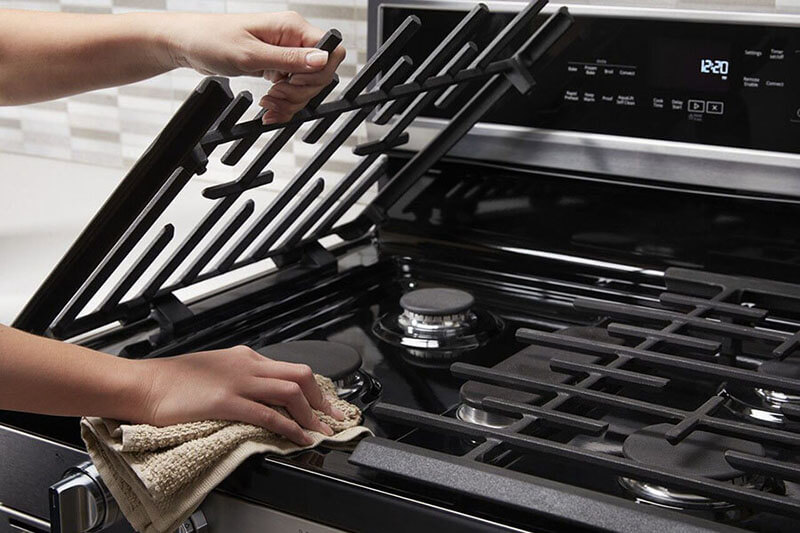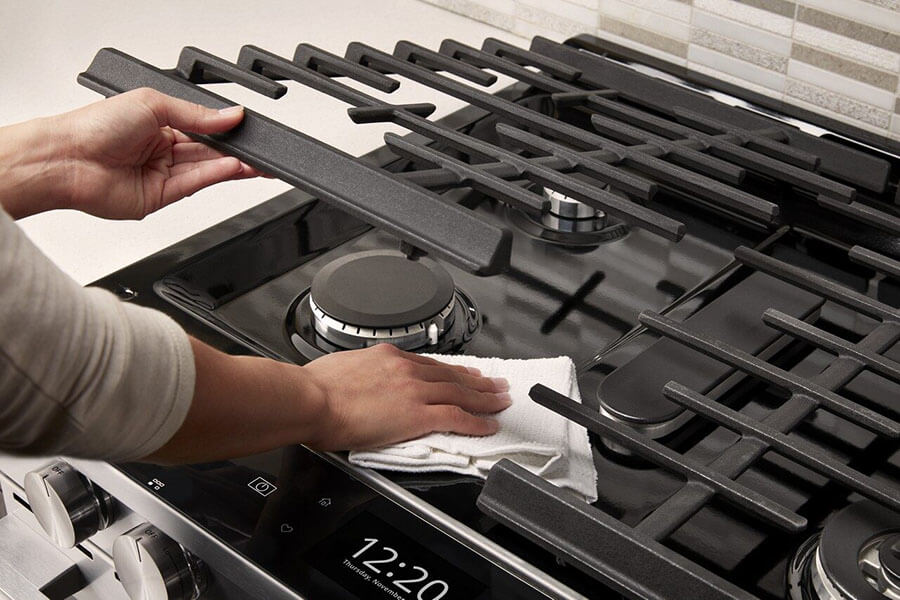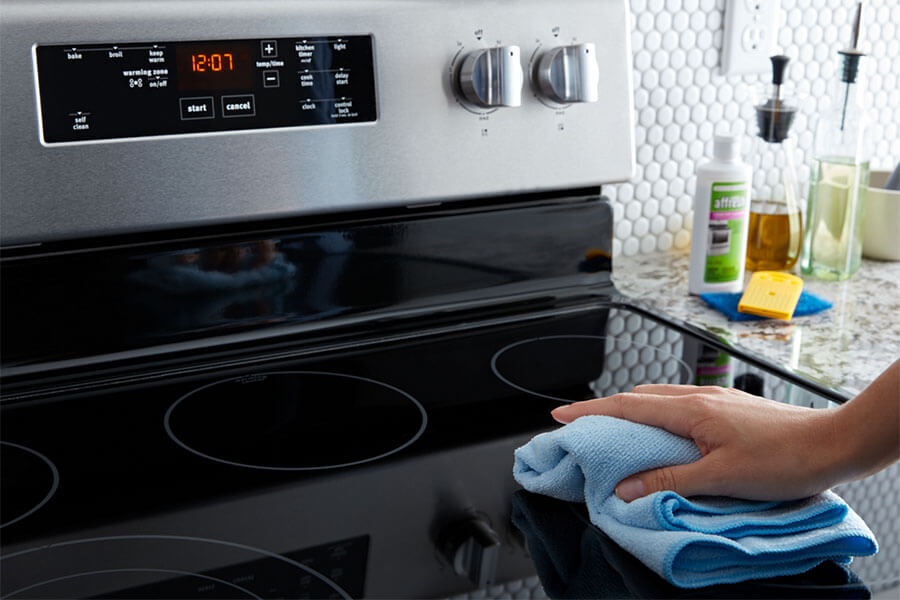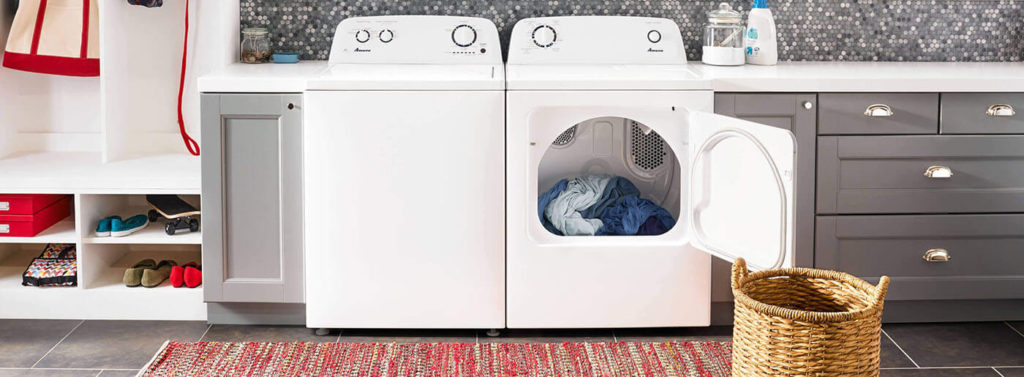A clean range will keep the kitchen smelling fresh. However, while daily cleaning often only covers surfaces, it might be time to tackle the burners and grates. These components should be as clean as possible to work perfectly. The food residue that accumulates on them can burn through heat and cause an unpleasant odour while cooking.
Here are some tips on how to clean stove grates and other elements.

How to Clean Gas Stovetop Grates and Burners
Gas burners use grates to hold pots and pans in place above the burner. Before you clean these elements, you need to check your model’s user manual and specifications. Different models will require specific cleaning materials. As you will see below, there are various methods to clean grates and burners.
Cleaning Stove Grates and Burners With Soap
Not all grates can be cleaned with soap and water. Cast-iron grates can only be soaked and soaped if they’re coated and seasoned. You can consult your appliance user manual to check the type of grates you have and specific maintenance requirements and advice. Follow these steps:

- Remove burners and grates from the stove.
- Fill a sink with hot water and add a generous amount of dish soap. Put the burners and grates in the sink and let them soak for at least 20 minutes.
- Use a scrubbing brush to remove any buildup from the grates.
- Rinse them thoroughly, then dry them completely.
Cleaning Stove Grates and Burners With Baking Soda
Baking soda is one of a cleaner’s unsung heroes. It can be used on pretty much everything – and grates and burners are no exception. This method mostly elaborates on the soap method. Here’s what you need to do:
- Remove grates and burners.
- Mix three parts baking soda and one part water in a bowl until you get a thick paste.
- Coat the elements in the paste.
- Let them sit for 20 minutes with the paste on.
- Rinse the paste off with soapy water. Use a bristle brush (don’t use steel wool or metal) or a sponge to buff out the more challenging spots.
- You can soak them in soapy water to remove any remains.
- Rinse and dry thoroughly before reinstalling them in the stove. You might need to season cast-iron grates if you haven’t in a while.
How to Clean Stove Burners on a Glass Cooktop
Electrical and induction cooktops will have a glass cover to hold the cookware and protect the range’s insides. To clean the glass we will be using a damp cloth or paper towels, a cooktop scraper, and a liquid cooktop cleaner. We recommend the affresh® Cooktop Cleaning Kit, which includes a plastic scraper and scrub pads to remove hardened spills and burnt residue. To get your cooktop shiny and clean, use the following steps:

- Ensure that the stovetop is completely cool before you begin cleaning.
- Using a damp cloth or paper towel wipe down the cooktop to remove residue and crumbs.
- Remove cooked-on food using a cooktop scraper.
- Apply cooktop cleaner to the cooktop following the usage instructions on the cleaner.
- Using a damp cloth, wipe up the cooktop cleaner once it has dried.
- If a stain remains, use the cooktop scraper to remove it.
- Finally, buff the cooktop using a paper towel.
How to Clean Coil-Style Electric Stove Burners
Coil-style stoves usually have electric coils that heat the food and drip bowls underneath them to capture any spills. Consult your user manual on your model’s specifics and any cleaning instructions. In general, here’s what you’ll need to do:
- Always clean the coils with the power off and the coils cooled down.
- Remove the coils from the plate. If you can’t, consult your user manual for specific removal or cleaning instructions. You’ll usually be able to lift them off to get access to the bowls.
- Remove the drip bowls and let them soak in soapy water for at least 20 minutes.
- Wipe the coils with a soft, damp rag, then dry them entirely.
- Rinse the drip bowls and dry. You can use a soft brush to remove harder buildup or use vinegar.
- Reassemble the stovetop.
These are general guidelines. Consult your user manual for your model’s specific cleaning instructions.





